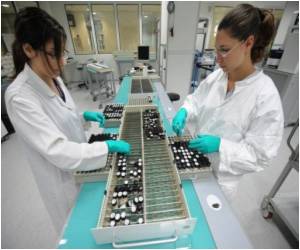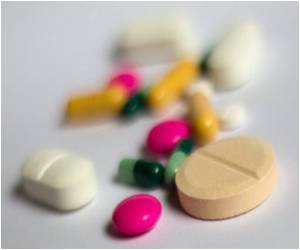Researchers have developed a new technology that can lead to a more efficient and possibly also cheaper therapy for diseases such as Pompe disease.

Oxyrane will now start developing a clinical program for this therapy in Pompe disease.
Nico Callewaert (VIB-UGent): "By combining natural processes and proteins of two microbes and a plant we have improved the technology to produce enzymes that patients with metabolic disorders can't produce themselves. We played with the sugar structures on the enzymes. As a result these enzymes were directed much more efficient to the locations in the cells where they actually have to work. It shows once again what medical biotechnology can accomplish."
Han Remaut (VIB-VUB): "The lacking piece of the jigsaw in this technology was a protein we discovered in a soil bacterium. Thanks to the detailed picture we obtained from the 3D structure of this novel protein, we now understand how it comes to its unique reaction specificity and how we could further improve it".
Wouter Vervecken (Oxyrane): "Data suggest that this platform has the potential to enable production of more efficacious therapies in the years to come. The results are very encouraging – the enzyme for the treatment of Pompe disease is absorbed 17 times as efficiently by patient cells in vitro than current treatments".
Lysosomal storage diseases1 in 5000 newborns has a lysosomal storage disease, but it can also cause symptoms later in life. In all the cells of our body you can find lysosomes. They are responsible for breaking down cell components to be reused by the cell. In lysosomal storage diseases, one or more of the enzymes that accomplish this process are lacking or insufficient. The result is that the non-processed substances accumulate in the lysosomes and eventually poison the cell, leading to organ damage that keeps on worsening if left untreated. One example is Pompe disease, which affects the muscles.
Advertisement
A new technology for a more efficient productionThe result is impressive – the enzyme for the treatment of Pompe's disease is absorbed 17 times as efficiently by patient cells in vitro than the current therapeutic drug. In a Pompe disease mouse model the enzyme also worked better than the current therapeutic product. Based on these results Oxyrane will start clinical trials for Pompe disease, this means that it will be tested in humans for the first time.
Advertisement









